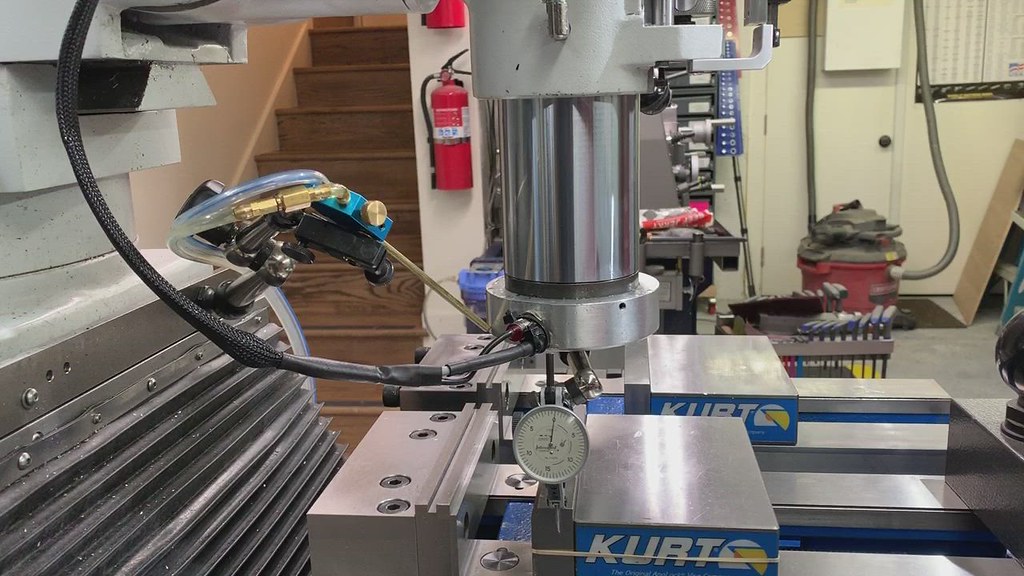I have the PM-935 mill and have a few comments and some analysis to share. I have done extensive testing of the rigidity of this machine, including the quill deflection when fully extended. I did these tests because the 935 was not performing to the level of my RF-45 in terms of rigidity. With respect to the quill specifically, I can offer you a link to a few videos that demonstrate the quill deflection under pressure/load of my 935. Mind you these test were done on a new J-head supplied by PM under warranty (full story
here). You can view those tests at this link.
Explore this photo album by David Best on Flickr!

flic.kr
Based on your description of deflection, it's difficult to know if this is related to the quill cassette being loosely fitted to the J-head casting, or if it's just the actual limited rigidity of the machine due to the size of the ram castings, or the knuckle and mounting bolt attachments.
If you want to delve into this deeper, please feel free to reach out with a DM. The 935 is a terrific junior-sized knee mill, but being of reduced weight and particularly the ram/knuckle profiles and attachment mechanisms, it is unlikely to be as rigid as something like a Wells-Index 847 or even the Acra LCM-42 that Mark (
@mksj) has, nor is it as rigid as my 2001 Rong Fu 45 square column mill/drill - at least when it comes to tool deflection under load and resulting surface finishes. More details on that analysis is
here.
As for the comments above about using the knee to advance the drilling operation, I cry "humbug" - your quill should be rigid enough to perform power downfeed operations with a boring head to attain tolerances under 0.001". The J-head on these machines was specifically designed to provide tight tolerance boring facilities with a power feed system on the quill in both up and down movement. Of course the resulting tolerances are related to the inherent rigidity of the Head-to-Ram-to-Column interface limits - which apply equally to elevating the knee or lowering the quill.
David Best


